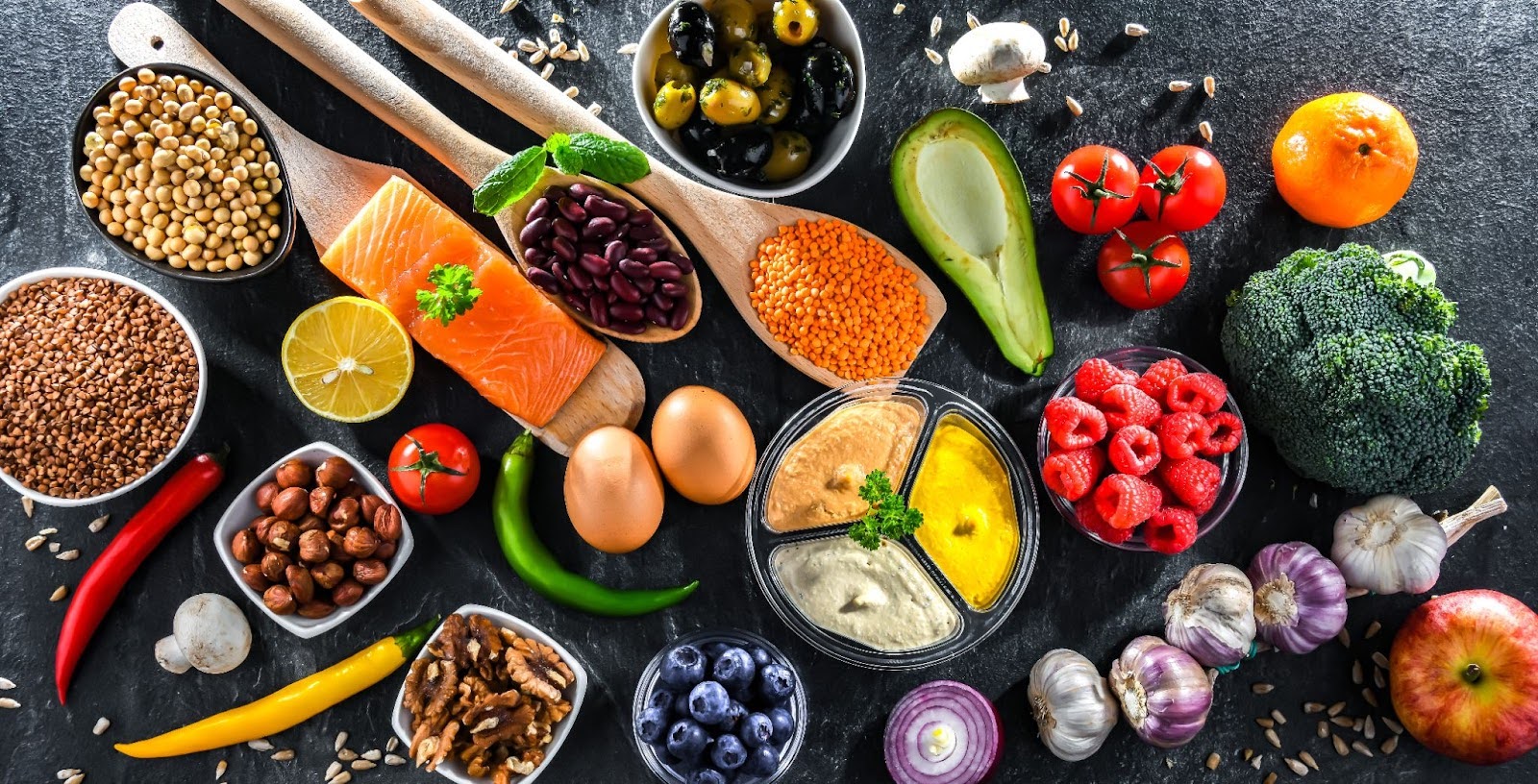 This month’s theme is about hearting your heart and bringing the whole family in to the heart healthy program. Adults do need to be monitoring their cardiovascular risks and biometrics (do you know your cholesterol, blood pressure, and blood sugar numbers?).
This month’s theme is about hearting your heart and bringing the whole family in to the heart healthy program. Adults do need to be monitoring their cardiovascular risks and biometrics (do you know your cholesterol, blood pressure, and blood sugar numbers?).
Adults also need to be concerned about the heart healthy habits of their children. Whatever you do they do. You should not have a completely different food than your children (unless there is some sort of medical need that states otherwise; i.e. food allergies). I have NEVER subscribed to a “kids meal.” The food is generally garbage. Meaning, low in nutrients, high in sodium, sugar, refined carbs, additives, colors, and unhealthy fats. I hear a lot of parents say, “that’s the only thing they will eat.” It takes some concerted effort and some good old fashion role modeling sensible food habits.

Breaking old eating habits and learning new behaviors is difficult; doing so with children in the house is even more so, I get it. Many children have strong food preferences and strong wills and seem to have an aversion to trying new things. Also some of you adults may believe that children have different dietary needs or that they don’t need to worry about what they eat. But the fact is health habits in childhood and young adulthood are directly related to adult heart health. A 2016 study found that high (diastolic) blood pressure and high LDL (lousy) cholesterol in young adulthood are independently linked to coronary heart disease in later life, and autopsy studies have shown that atherosclerosis has its origins in childhood. Do the right thing people.

Creating Household Change If I haven’t been clear already, I must reiterate, a heart-healthy diet is safe for all members of a family. One caveat is younger kids need to eat more frequently because they’re still growing, but whatever is good for the adults to eat is good for the children as well. You don’t need to cook separate foods for children. You are not their short order cook. The only exception is children under age 2 who need more fat in their diet to support their rapid brain growth and development.
Having several options leaves room for different tastes. If dinner is fish, salad, and pasta with sauce, the family member with diabetes for example can have a smaller serving of the pasta as part of a balanced meal. A child who doesn’t want to eat the fish can eat more pasta. Having at least one option on the table that you know the child will eat allows parents to expose their kids to new foods and healthful eating without worrying that they will go hungry. Try meals that can be customized. For example, a base of whole grain pasta, brown rice, or lettuce with an array of possible toppings allows each family member to create their own favorite (and it’s a great way to use up leftovers or clean out the crisper drawer before the veggies from last week’s meals go bad).
Attitude….Watch how you verbalize your dislikes in front of the kids. They pick up on the parents’ attitudes. Big time. Don’t make judgements on their likes or dislikes either. Even if they don’t like a food don’t pigeon hole them in to that preference. Kids change their minds all the time about food. Treat each day anew.
Make it FUN. Go to the store together, read labels together, meal plan together. Food is an easy way to “travel” too. Make a dish from another country, or re-create your favorite meal from a restaurant at home. Expose yourself and your children to where food comes from. Go to a farmer’s market and an actual farm. Don’t be surprised if the kids want to become a vegetarian after that; I did when I was young. Don’t discourage this! It’s healthy for you too to be more plant based. They can be your inspiration.

Here are some heart healthy suggestions to infuse in the week for you and your loved ones:
- Eat a clean fish two times a week to increase anti-inflammatory fats. If you don’t eat fish, no worries, just think plant food first (sans the tropical oils).
- Add some seeds and nuts: flaxseed, ground chia seeds and walnuts also provide heart-healthy omega-3 fatty acids.
- Eat at least two balanced meals per day while paying attention to hunger and fullness signals.
- Plan meals, snacks and physical activity throughout the day every day. Make it a part of your calendar just like Johnny’s soccer practice.
- Limit dining out to those days when you are celebrating special occasions.
- Understand the trifecta of fiber, protein and movement for weight management. Feeling full longer really really helps with cravings. High-fiber sources are fruits, veggies, whole grains, beans, legumes and seeds. Lean protein sources include fish, poultry, low-fat cheese, low- or non-fat dairy, nuts and seeds.
- Stress management! Check out insight timer app for quick guided meditations right at your fingertips. Practicing self-care in the form of yoga, massage, stretching or taking a walk can shift your whole being. Do this for yourself and make it point to do some mindfulness activity once/week with your family.
- Because meal planning can be a significant source of stress for most families; don’t prepare a different recipe each night. Instead spend a Sunday afternoon cooking vegetables, lean protein and whole grains that can be reheated throughout the week to build balanced meals. Need ideas? Check out these recipes.
- Begin each week drawing up and shopping for a list of needed items. Stock up on certain pantry and freezer staples, so they’ll be on hand for popular dinners. Convenience and packaged food CAN be healthy but you have to read the labels (start with the ingredients).
I gave you lots of ideas and resources that might have your head spinning. Strive for progress, not perfection. Pick one thing that struck you as doable and go do it.
Toodles!
MJ
Resources: Judith C. Thalheimer, RD, LDN, is a freelance nutrition writer, a community educator, and the principal of JTRD Nutrition Education Services, Today’s Dietitian.
Additional Resource Article:









Comments - 0